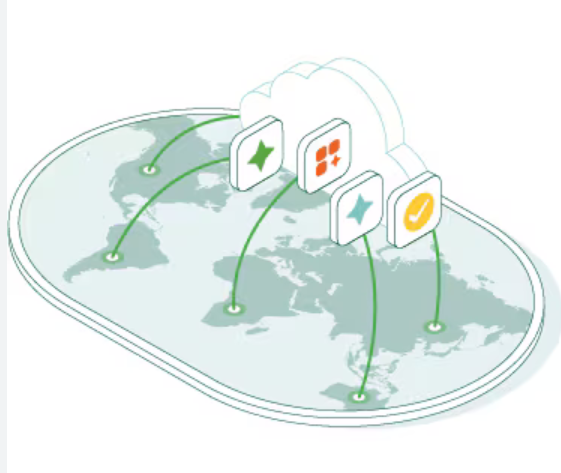To prepare for the ENSLD 300-420 exam, you should become very familiar with IPv6 specifications, addressing, and design. The driving motivation for the adoption of a new version of IP is the limitation imposed by the 32-bit address field in IPv4. In the 1990s, there was concern that the IP address space would be depleted soon. Although classless interdomain routing (CIDR) and NAT have slowed down the deployment of IPv6, its standards and deployments are becoming mature. IPv6 has played a significant role in the deployment of IP services for wireless phones. Some countries, such as Japan, directed IPv6 compatibility back in 2005. According to RIPE Labs, IPv6 readiness in 2021 for different countries is 45.5% for the U.S., 41.6% for Japan, 73.4% for India, 21.3% for China, and 38.2% for Brazil.
Operating systems such as Windows 11, Linux, and macOS support IPv6. By default, Windows 11 and recent versions of macOS and iPhone’s iOS favor IPv6 global unicast addresses over IPv4. Google, Microsoft, LinkedIn, and Facebook are also accessible on the IPv6 Internet. According to the Internet Society, as of 2018, in some countries, major mobile networks were driving IPv6 adoption. In Japan in 2018, NTT was at 7%, KDDI at 42%, and Softbank at 34% IPv6 adoption. In India in 2018, Reliance JIO was at 87%. And in the United States in 2022, Verizon Wireless was at 84%, T-Mobile at 93%, and AT&T Wireless at 74% IPv6 adoption. Furthermore, broadband ISPs also have large IPv6 deployments: As of 2018, Comcast had an IPv6 deployment measurement of over 73%, British Sky Broadcasting in excess of 86%, and Deutsche Telekom in Germany at 74%.
The IPv6 specification provides 128 bits for addressing, which is a significant increase from 32 bits. The overall specification of IPv6 is in RFC 2460. Other RFCs describing IPv6 include 8064, 7371, 7346, 7136, 6052, 5952, 4921, 3513, 3587, 3879, 2373, 2374, 2461, 1886, and 1981.
IPv6 includes the following enhancements over IPv4:
- Larger address space: IPv6 uses 128-bit addresses rather than the 32-bit addresses in IPv4. This means IPv6 supports more address hierarchy levels and uses simpler address autoconfiguration.
- Globally unique IP addresses: The additional address space allows each node to have a unique address and eliminates the need for NAT.
- Header format efficiency: The IPv6 header length is fixed, reducing header processing time and thus allowing vendors to improve packet switching efficiency.
- Improved option mechanism: IPv6 options are placed in separate extension headers that are located between the IPv6 header and the transport layer header. The option headers are not required.
- Address autoconfiguration: This capability provides for dynamic assignment of IPv6 addresses. IPv6 hosts can automatically configure themselves, with or without a Dynamic Host Configuration Protocol (DHCP) server. Stateful and stateless autoconfiguration are supported.
- Flow labeling capability: Instead of using a Type of Service field, as IPv4 does, IPv6 enables the labeling of packets belonging to a particular traffic class for which the sender requests special handling, such as quality of service (QoS) and real-time service. This support aids specialized traffic, such as real-time voice or video.
- Security capabilities: IPv6 includes features that support authentication and privacy. Internet Protocol Security (IPsec) is a requirement.
- Maximum transmission unit (MTU) path discovery: IPv6 eliminates the need to fragment packets by implementing MTU path discovery before sending packets to a destination.
- Site multihoming: IPv6 allows multihoming by allowing hosts to have multiple IPv6 addresses and networks to have multiple IPv6 prefixes, which facilitates connection to multiple ISPs.
- Support for mobility: Mobile IPv6 allows for IPv6 nodes to change locations on a network yet maintain existing connections. The mobile node is always reachable via one permanent address.
- Eliminate the use of broadcasts: IPv6 reduces unnecessary bandwidth usage by eliminating the use of broadcasts and replacing them with multicasts.




